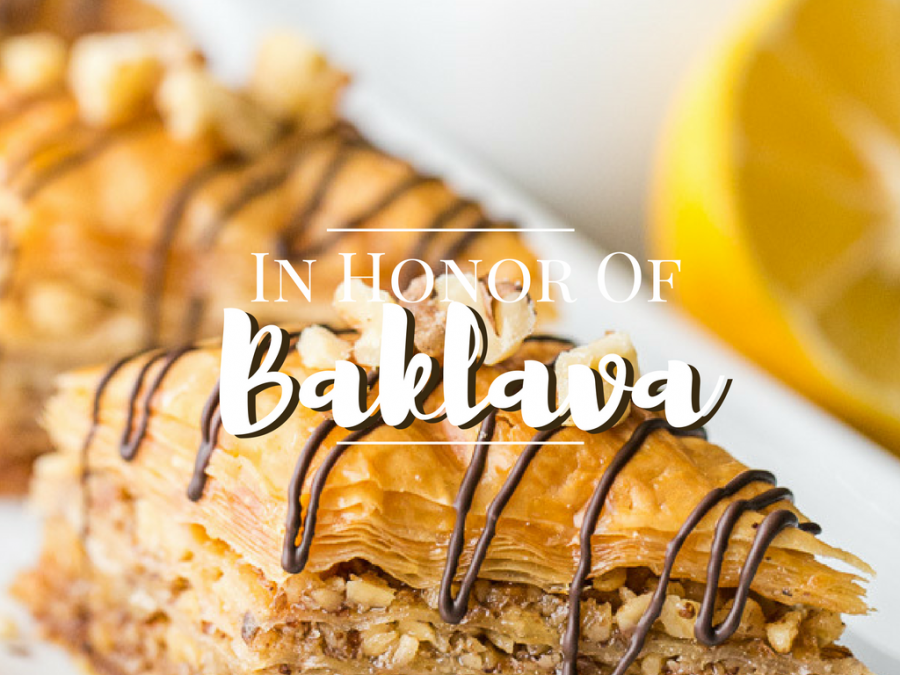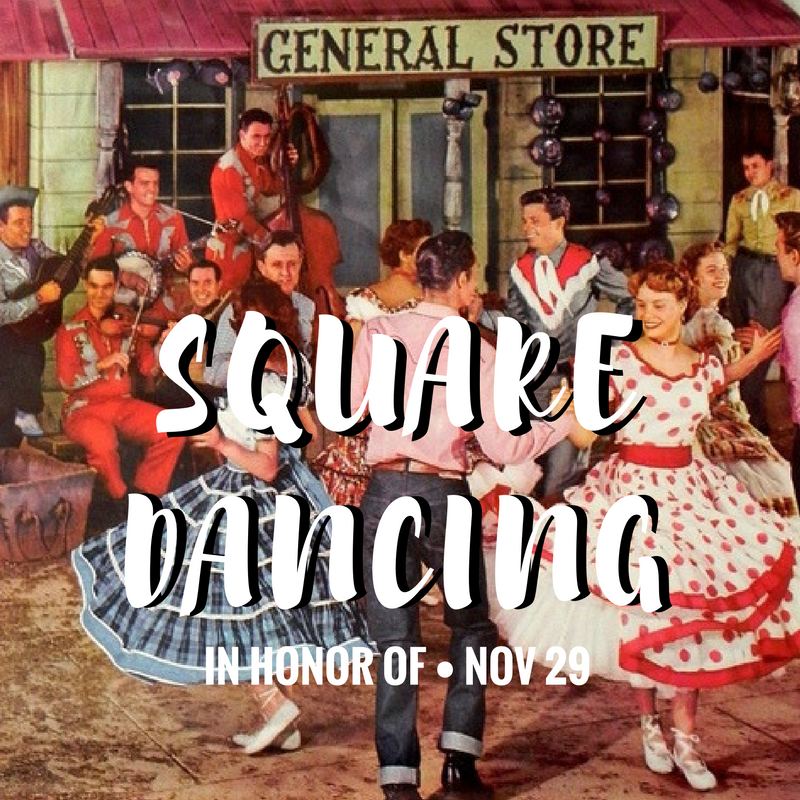November 17th, 2016 is National Baklava Day!
Countless cultures can claim this pastry as their own, and why wouldn’t they? This rich, flaky pastry stacks layer upon layer filled with chopped nuts and sweetened with honey. It takes skill and careful attention to detail to craft such exquisite cuisine, an art that has been perfected throughout the centuries and by the numerous cultures that have adopted this treat into their national palate.
The baklava we know and enjoy today came together in the mid-15th century during the reign of the Ottoman Empire. Constantinople was the place to be for the foodies of the time who wanted to get there hands on some of the famed baklava. However, up until modern times, it was a luxury reserved for the elite and the most special of occasions. As the saying goes, “I am not rich enough to eat baklava every day!” This was because the process was so technical and required such finesse in order to please the dainty palates of the elite.
Greek sailors discovered the joys of the baklava while on their voyages and brought it back to Athens, and with it adopting a new twist on the pastry. They rolled out the dough into paper-thin sheets called phyllo, or “leaf”. The Armenians took it one step further by introducing cinnamon and cloves into the mix, thanks to their convenient situation along the Silk Road. Various other cultures (the Arabs, Persians, and the Turks–yet again–to name a few) continued to create their own variations of the pastry as the years went by.
Nowadays, pretty much every country that was at one point part of the Ottoman Empire and its surrounding territories has its own take on the classic dish. Greek and Arab immigrants to America brought it with them, and the dish exploded in popularity and the ingredients required became cheaper and more readily available. You can find the dish in nearly every Greek and Middle Eastern restaurant if you don’t feel like preparing the pastry yourself. If you’re up to the challenge, however, the Pioneer Woman has a great recipe with step-by-step instructions here. Happy Baklava Day!













